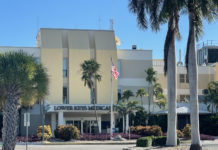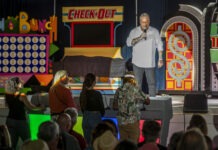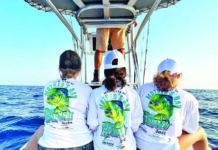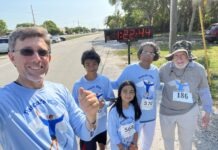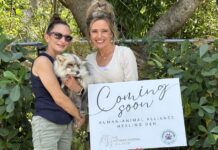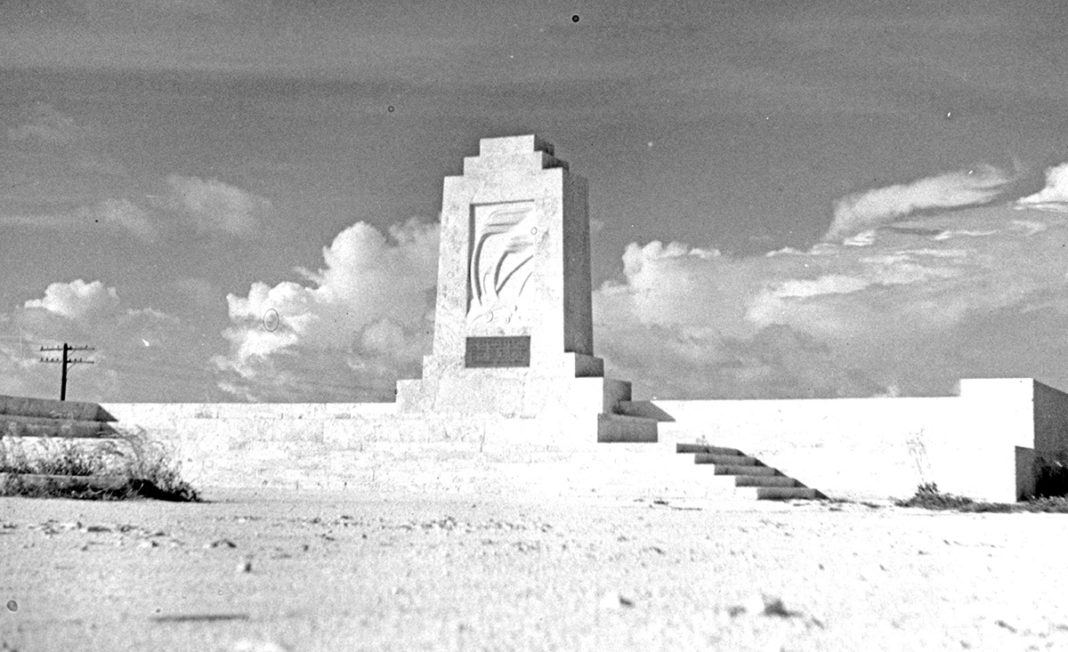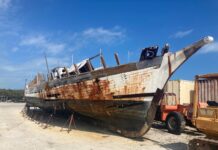On the night of Sept. 2, 1935, the Category 5 Labor Day Hurricane’s eye crossed over Lower Matecumbe and Long Key between 9:20 and 10:15 p.m. The storm’s fury brought 185 mph sustained winds and a tidal surge of about 18 feet. With a barometric pressure reading reaching a low of 26.35, the hurricane is still considered the most powerful storm ever to strike North America. Powerful as it was, the hurricane was also tightly wound. Hurricane-force winds extended over a relatively narrow, though devastating, expanse between Key Largo and Grassy Key. When history guides in Key West talk about the ravages of the 1935 Hurricane in the Southernmost City, they are puffing. At 10 p.m., as the eye of the storm was crossing the Upper Keys, the wind at Key West was recorded at 34 mph.
In 1935, Clarence Alexander worked in the local lime fields. On Sept. 2, he had been in the Key Largo community of Tavernier. While strumming a guitar, Alexander tells a haunting story of his experience during the Labor Day Hurricane in the documentary film “The Deadly Deluge.”
It was early afternoon when the first bands of wind and rain produced by the storm began to strike the Upper Keys. As the afternoon turned into evening and the wind gusts and blankets of rain continued to increase, he and several of his friends sought refuge in what looked like a sturdy building that stood near Tavernier’s small grocery store. According to Alexander, when a group of white people opened the door and entered the building, one of them said to Clarence and his friends, “The coloreds are going to have to leave out of here. There ain’t enough room for the whites.”
Alexander and his small group left the building and went to the railroad tracks, where they found shelter in a boxcar. As the wind intensified and the storm began to howl, the roof of the building beside the small grocery store blew off. The people inside were forced to flee and ran to the same boxcar where Alexander and his group were sheltering. The boxcar rocked back and forth, but they all survived the killer hurricane together. As many as 500 others would not be as lucky.
The Florida Keys Memorial, better known as the Hurricane Monument, was erected in 1937 to commemorate the hundreds of victims of the 1935 Labor Day Hurricane. Most of those who died had been in the Upper Keys — on Windley, Upper Matecumbe, and Lower Matecumbe keys. Not every victim of the killer storm was identified. Some people were swept off the island chain and never seen again. Four of the lesser remembered victims of the storm attempted to ride the hurricane out on Grassy Key.
An account of their story was recorded in the Florida Emergency Relief Administration’s “Case Aides Report of General Conditions Observed On Upper Keys From Matecumbe to Key West.”
The document stated, “The only residents living on this key were connected with the Florida East Coast Railway. There was one family of white people called the Favises. These people went to Marathon and were saved. There was also a crew of section Negroes and about four section houses in which they lived. Most of the section Negroes went to Marathon with the foreman, Mr. Davis, but four of them remained and were washed to sea. Learned that the names of these men are: a Negro called ‘Foots,’ a Negro man Jim Ashe, his wife and small child. These four people, as stated, were washed out to sea and to date have not been heard from or found. All of the Negro section houses were completely washed away and the only thing standing on this key is one-half of the white foreman’s house and it will be impossible to repair this structure or rebuild it on the old foundation.”
